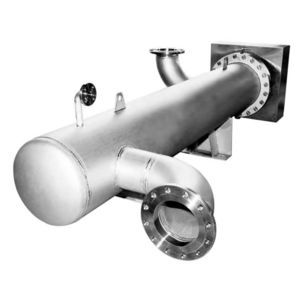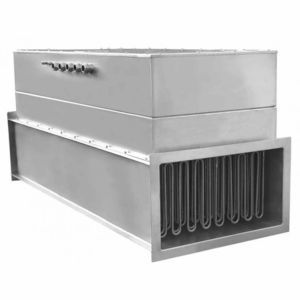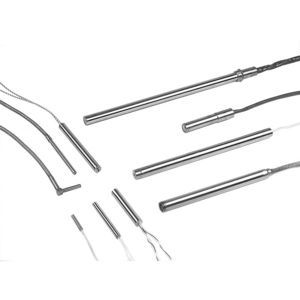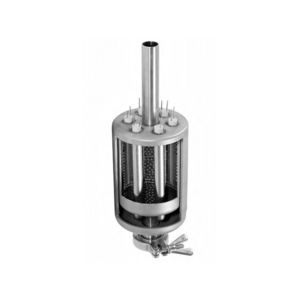
- Industrial machines and equipment
- Heat Exchanger and Refrigeration
- Tubular heat exchanger
- heatsystems GmbH & Co. KG
Tubular heat exchanger liquid/liquidstainless steeltitanium











Add to favorites
Compare this product
Characteristics
- Type
- tubular
- Fluid
- liquid/liquid
- Material
- stainless steel, titanium
- Other characteristics
- corrosion-resistant, fuel
- Applications
- surface
- Power
20,000,000 W
(68,242,800 BTU/h)- Operating pressure
40 bar
(580.15 psi)- Temperature
300 °C
(572 °F)
Description
Tubular heat exchangers transfer the thermal energy of a fluid to another one. Therefore, their name is tubular heat exchanger. The fluids involved are mainly liquid but can also be gaseous. The type and properties of the fluids, pressures and temperatures as well as the desired operating points in the process are important for the design.
One fluid in the tubular heat exchangers transfers the energy, and this energy is transferred to the other fluid through the pipe wall. Here, it is important that the design be matched to the general conditions, for each fluid has its specific properties.
The advantage of tubular heat exchangers over plate heat exchangers is their higher pressure resistance and sturdier type of design. The disadvantage is a somewhat worse heat transfer as the larger design provides the same performance.
For example, the following fluids are cooled and/or heated by tubular heat exchangers:
I. Water
Drinking water
Circulating and/or heating water
Softened water, observe the maximally admissible chloride content
Ultra-pure water; here, a low-pocket or pocket-free design with a defined surface quality is useful in most cases.
Fully desalted water
II. Oil
Heavy oil, not pumpable in a cold condition
Hydraulics oil
Lubricating oil
Insulating oil
Heat transfer oil
Fuel oil, diesel
III. Gases
Air
Natural gas
Flue gas
Nitrogen
Steam as a heating fluid or for the generation of steam
Catalogs
No catalogs are available for this product.
See all of heatsystems GmbH & Co. KG‘s catalogsRelated Searches
- Vessel
- Heat exchanger unit
- Liquid/liquid heat exchanger
- Resistance heater
- Water vessel
- Heater
- Tubular heat exchanger
- Stainless steel heat exchanger
- Gas heater
- Water tank
- Air heater
- Electric heater
- Liquid heater
- Immersion heater
- Tubular resistance heater
- Cartridge heater
- Circulation heater
- Convection heater
- Flat resistance heater
- Ceramic resistance heater
*Prices are pre-tax. They exclude delivery charges and customs duties and do not include additional charges for installation or activation options. Prices are indicative only and may vary by country, with changes to the cost of raw materials and exchange rates.



















